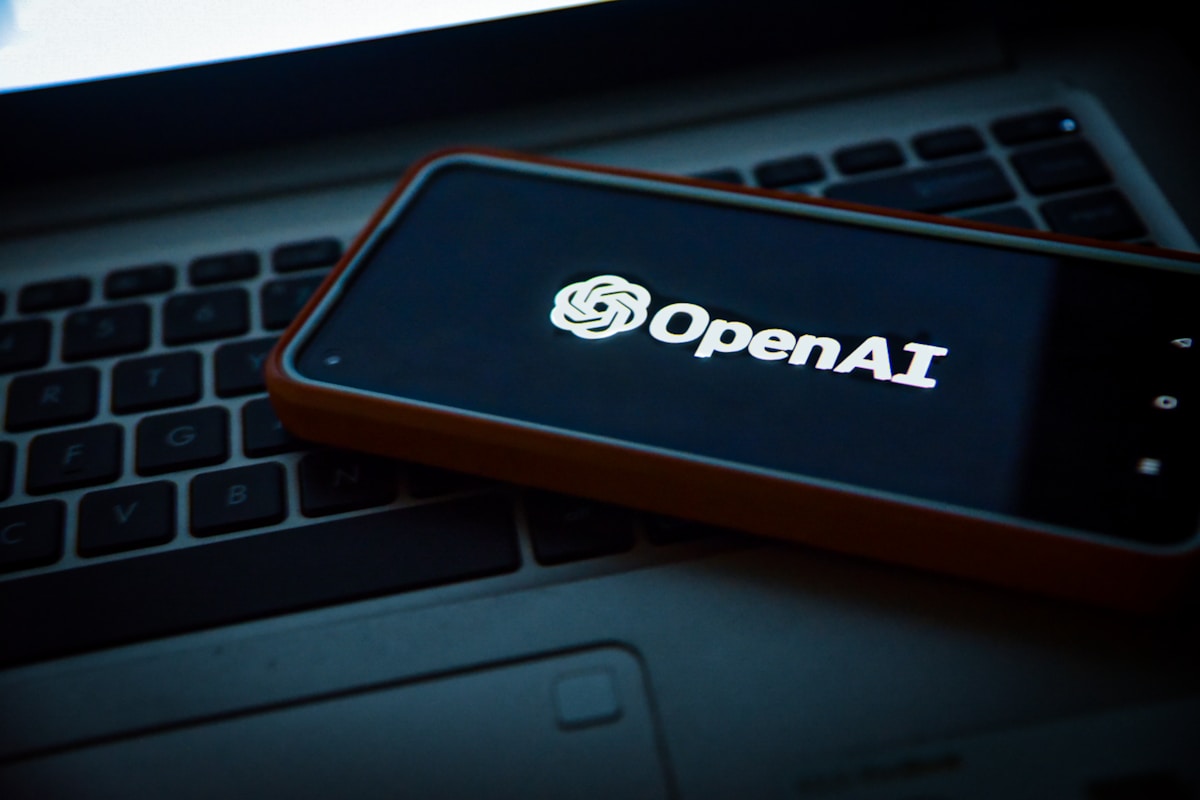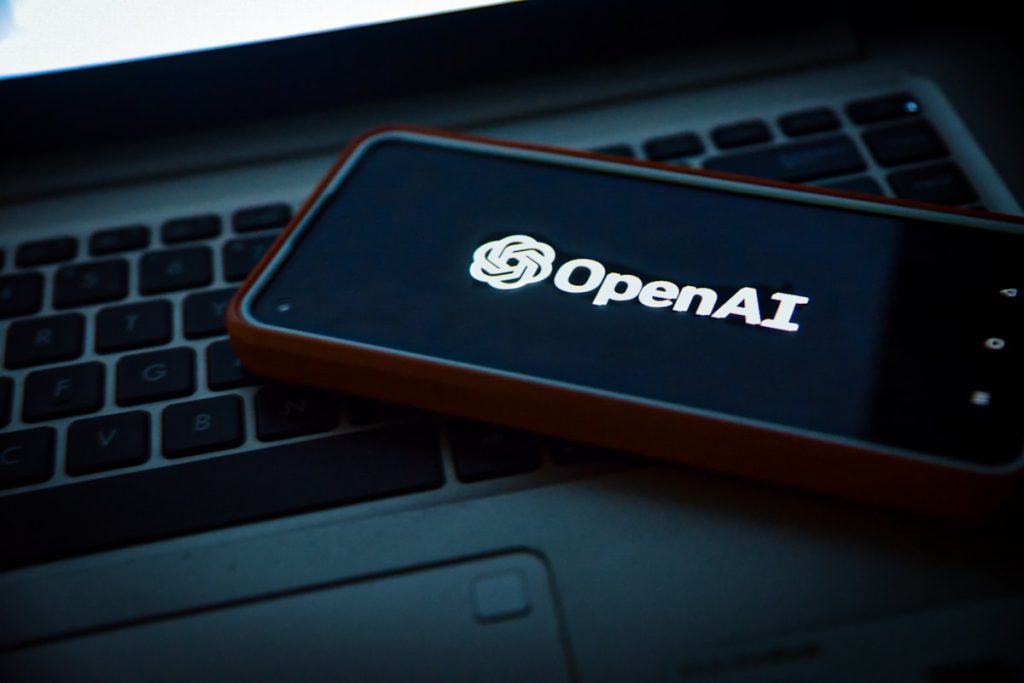OpenAI Unveils GPT‑5: The Next Leap for ChatGPT
April 2024 marks a pivotal moment in conversational AI as OpenAI rolls out GPT‑5, the newest generation of its Generative Pre‑trained Transformer series. The model powers the latest iteration of ChatGPT, promising sharper reasoning, richer multimodal capabilities, and tighter alignment with human intent.
Key Technical Advances
GPT‑5 builds on the architectural lessons of GPT‑4 while introducing three core upgrades:
- Scale‑aware token processing: The model dynamically adjusts its context window, handling up to 128 k tokens without a linear increase in latency.
- Multimodal fusion layer: Text, images, audio, and limited video streams are processed through a unified transformer block, enabling seamless cross‑modal reasoning.
- Self‑supervised alignment loop: A reinforced‑learning pipeline that incorporates real‑time user feedback, reducing hallucinations by an estimated 40 % compared with GPT‑4.
These enhancements are supported by a hybrid hardware stack that combines NVIDIA H100 GPUs with custom ASICs for tensor‑core acceleration, cutting inference cost per token by roughly 15 %.
Performance Benchmarks
OpenAI released a suite of benchmark results that illustrate GPT‑5’s leap in capability:
| Benchmark | GPT‑4 | GPT‑5 | Improvement |
|---|---|---|---|
| ARC‑Challenge (reasoning) | 78 % | 91 % | +13 % |
| MM‑EVAL (multimodal) | 62 % | 84 % | +22 % |
| OpenAI Alignment Test | 71 % | 88 % | +17 % |
Beyond raw scores, real‑world user studies reported a 27 % drop in “incorrect‑but‑confident” responses, a metric that directly ties to trustworthiness in production chatbots.
Implications for ChatGPT Users
For the millions interacting with ChatGPT daily, GPT‑5 translates into concrete benefits:
- Longer, coherent conversations: With a 128 k token window, users can feed entire documents, codebases, or research papers and receive context‑aware summaries without truncation.
- Richer media handling: Users can upload a screenshot, a short audio clip, or a 30‑second video snippet, and the model will generate integrated textual explanations.
- More reliable assistance: The tighter alignment loop means fewer factual errors, especially in high‑stakes domains such as medical triage or legal drafting.
OpenAI also introduced a “Custom GPT‑5” portal, allowing businesses to fine‑tune the model on proprietary data while preserving privacy through on‑device encryption.
Ethical Safeguards and Transparency
Given the amplified power of GPT‑5, OpenAI expanded its safety stack:
- Pre‑deployment red‑team audits: Independent auditors evaluate edge‑case behavior across 10 k adversarial prompts.
- Real‑time content filters: A lightweight classifier runs in parallel, flagging disallowed content before it reaches the user.
- Explainability overlay: For each generated answer, the system can surface the top‑5 contributing token clusters, giving developers insight into the model’s reasoning path.
OpenAI pledges to publish a detailed technical report within 90 days, adhering to its commitment to openness while safeguarding proprietary safety mechanisms.



